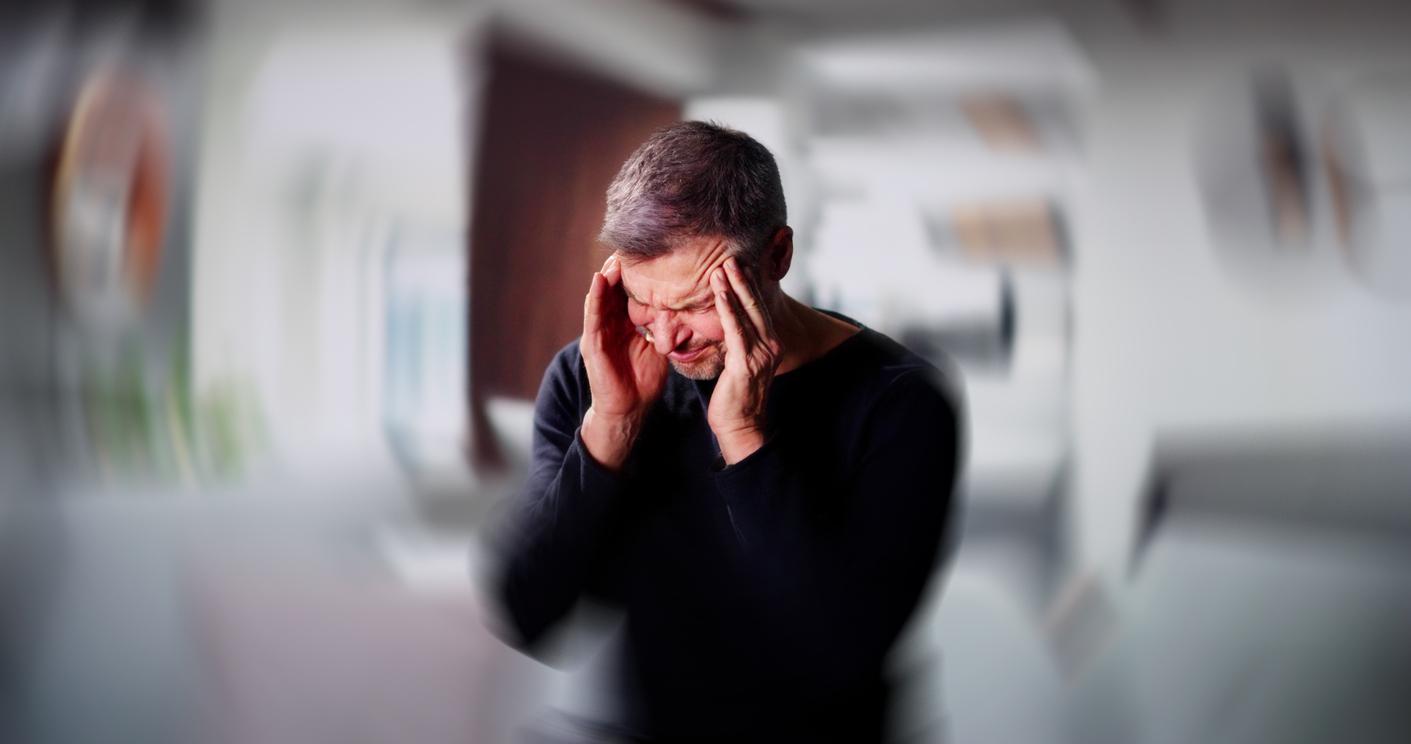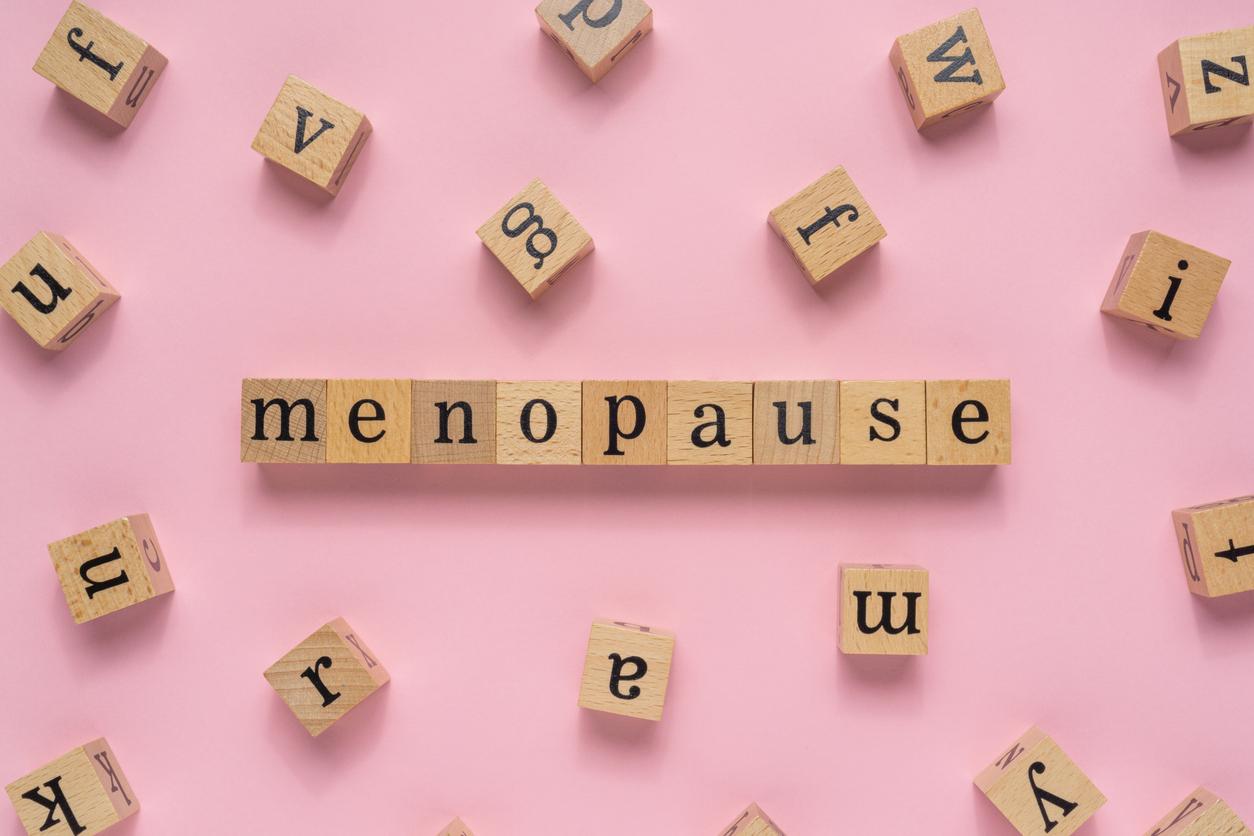From a simple itchiness to a more serious psoriasis problem, the scalp can put us in all of our moods! Today the problem of dandruff and sensitive scalp affects one in two men, but also affects 44% of women. “Physiological knowledge of the scalp has evolved: the “reservoir effect” of the sebaceous follicle is an important scientific discovery, explains Dr. Vincent Durosier, general practitioner and medical director of Ducray laboratories. The small active molecules contained in the treatment products penetrate the base of the hair to the dermis, and thus act over a long period. Clearly, once applied to the scalp, a shampoo or lotion remains effective for 24 hours and up to several days.
In addition, recently, shampoos treating scalp problems have improved significantly. Laboratories now offer products that are much more pleasant to use, thanks to galenics similar to conventional shampoos. These formerly very medical products “have become real treatments for the beauty of hair, which also preserve shine and shine”, underlines Dr. Durosier. There is no longer a choice between effectiveness and gentleness, especially since scalp problems are generally associated with tired hair and lacking tone. Who says long-term effectiveness, also says more effective treatment…
For simple scales, an anti-dandruff treatment
In the normal state, the scalp is covered with scales which are eliminated naturally with washing and brushing. Sometimes this process gets carried away and is disrupted. The dandruff then appears in the form of more or less thick visible scales, white or yellow, adherent or falling like snow on the shoulders depending on the nature of the scalp (oily or dry tendency).
In question, anything that can attack the skin of the scalp, whether internal factors (stress, illness, fatigue) or external factors (pollution, cosmetics, heat, cold, friction). Faced with these aggressions, the scalp reacts and its epidermal renewal takes off. Thicker, the layer of horny cells desquamates significantly in the form of dandruff. The inflammation causes the proliferation of a fungus, malassezia, naturally present on the scalp. A vicious circle sets in. The multiplication of the fungus leads to inflammation, which develops the hyperproliferation of keratinocytes which, in turn, feeds the fungus.
Avoid excessive friction, especially scalp scrubs. But also aggressions due to untimely brush strokes, too tight hairstyles such as braids, the heat of the dryer, the use of too aggressive washing agents and occlusive styling products (containing, for example, paraffin) .
A simple shampoo is enough if the gentle cleansing base contains an antifungal to limit the development of the fungus (piroctone olamine, zinc pyrithione, ichthyol), a soothing active ingredient to relieve irritation (bisabolol, glycocolle) and a keratolytic to eliminate scales from the scalp (salicylic acid, guanidine glycolate). Care agents pamper the hair fiber (glycerine, vegetable or synthetic oils). You must leave the shampoo on for three to five minutes to allow it to act.
The treatment acts between 15 days to 3 weeks at the rate of two to three applications per week. To avoid recurrences, a maintenance shampoo is recommended every 8 to 15 days. A lotion is complementary, but not mandatory. It contains the same ingredients as the shampoo in order to increase the effectiveness of the daily treatment. It must be chosen with little or no alcohol content so as not to dry out the scalp.
When to see a dermatologist? If the use of anti-dandruff shampoos and lotions has not produced any results within a month, the symptoms are getting worse. Medical treatments correspond to more powerful anti-inflammatories, that is to say local corticosteroids in the form of shampoo, foam, cream and lotion intended to restore the normal 28-day cycle of epidermal renewal.
Against seborrheic dermatitis, a specific treatment
The skin of the skull always presents pruritus, that is to say tingling, itching, unpleasant sensations of heating and tightness, sometimes redness, but not always dandruff or scales. This condition, which affects less than 5% of the population, can have various degrees: from moderate to severe, the treatment will be adapted to the needs.
The seborrheic dermatitis is not a disease, but a natural condition of the skin in some people. Once triggered, the inflammation is associated with too rapid epidermal renewal and proliferation of the natural scalp fungus, malassezia. Among the main triggering factors are pollution, stress, taking certain medications, hard water, too aggressive washing, repeated brushing, heat from the dryer, too hot rinse water, too much anionic surfactants. strippers.
A simple shampoo is enough if you swap your usual shampoo for a preservative-free and fragrance-free high-tolerance shampoo containing a minimum of ingredients, i.e. a gentle cleansing base (sulfate-free) with an antipruritic active ingredient, such as as polidocanole and an antifungal agent (piroctone olamine, zinc pyrithione, ichthyol). From the first shampoo, relief is felt. In a few days, everything is back to normal. A lotion is necessary, because it calms the itching, thanks to soothing active ingredients such as bisabolol. Once a day, preferably in the evening, apply line by line before massaging gently without rubbing.
When symptoms persist despite a change in hair care habits, see a dermatologist. This specialist then determines the share of inflammation and desquamation in seborrheic dermatitis. Because by treating one, we risk aggravating the other. If the dandruff is visible and bothersome (severe dermatitis), the doctor prescribes an effective keratolytic shampoo, but also very stripping for the scalp. In order to obtain a lasting action, and in the event of highly inflammatory dermatitis, a topical medical treatment based on corticosteroids is added in the form of a cream, foam or lotion to be applied every day.
In case of psoriasis, we go to the dermatologist
Considered autoimmune, psoriasis can also affect the scalp in the form of thick raised plaques, adherent and yellow scales, resting on an inflammatory base. Itching is constant and the aesthetic appearance of the hair is undermined.
We do not know the causes of the disease, but we know that it is genetically determined and that it corresponds to an accelerated epidermal renewal of eight days instead of 28 normally. The inflammatory state is chronic, and punctuated by outbreaks, which take place under the influence of stress, fatigue, overwork and taking medication. This skin disease is systematically aggravated by friction, whether it is wearing too tight headgear such as a motorcycle helmet or a hat, scrubbing, friction with a towel, the simple fact of scratching…
This skin disease can be treated, but unfortunately cannot be cured. The local treatment consists of the application of a shampoo with strong cortisone which is left to act for 15 minutes on the non-wet scalp before emulsifying. Every other day, alternate with an anti-dandruff shampoo (Kelual DS Ducray) that is placed on the scalp one to two hours before shampoo. Psoriasis can also be treated with the application of a strong cortisone cream and a vitamin D derivative. You have to wait 6 to 8 weeks to see the first improvements. Oral treatments are reserved for the most serious cases.
Also Read: What Your Hair Reveals About Your Health
The 7 beauty secrets of clay















